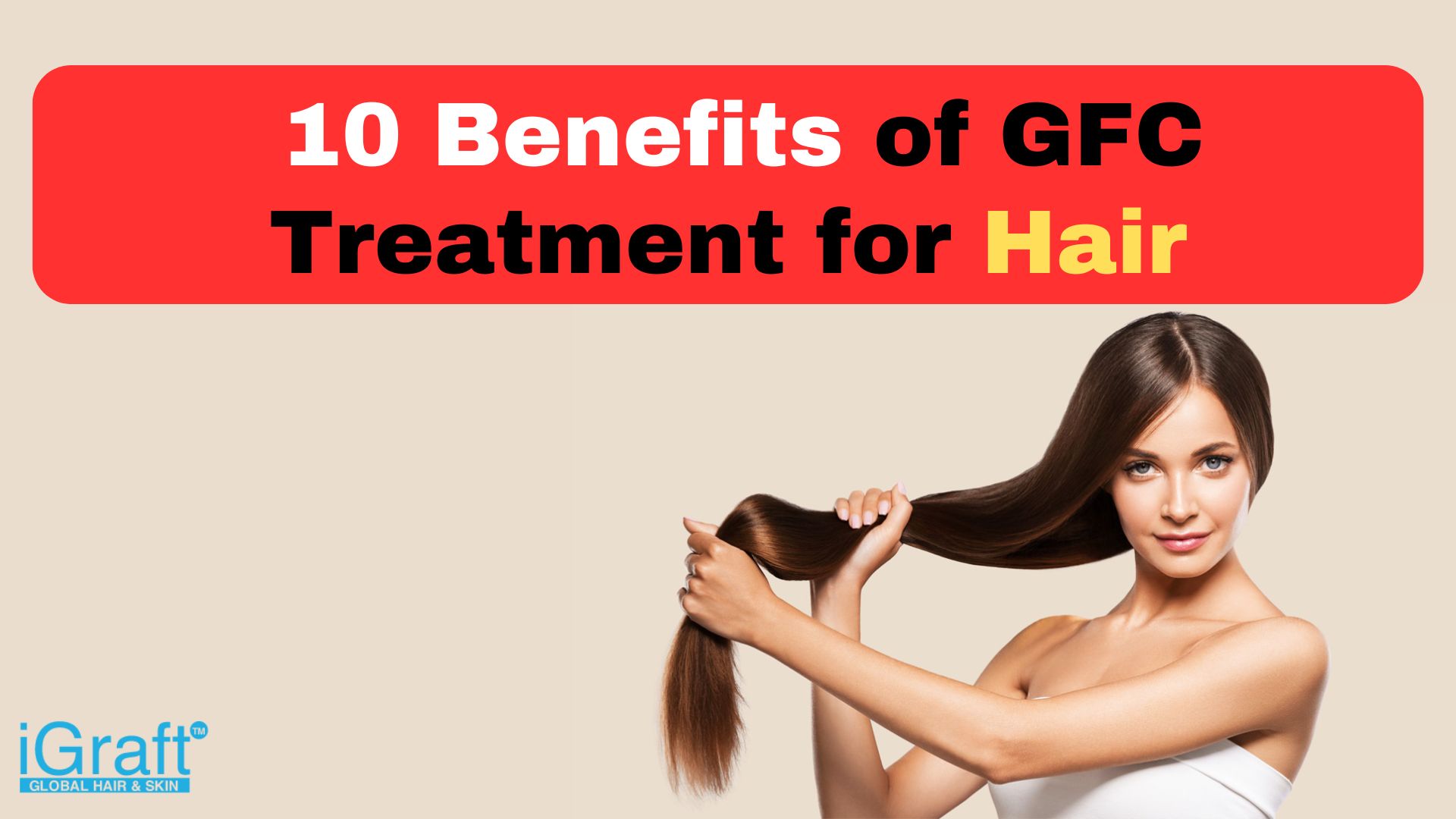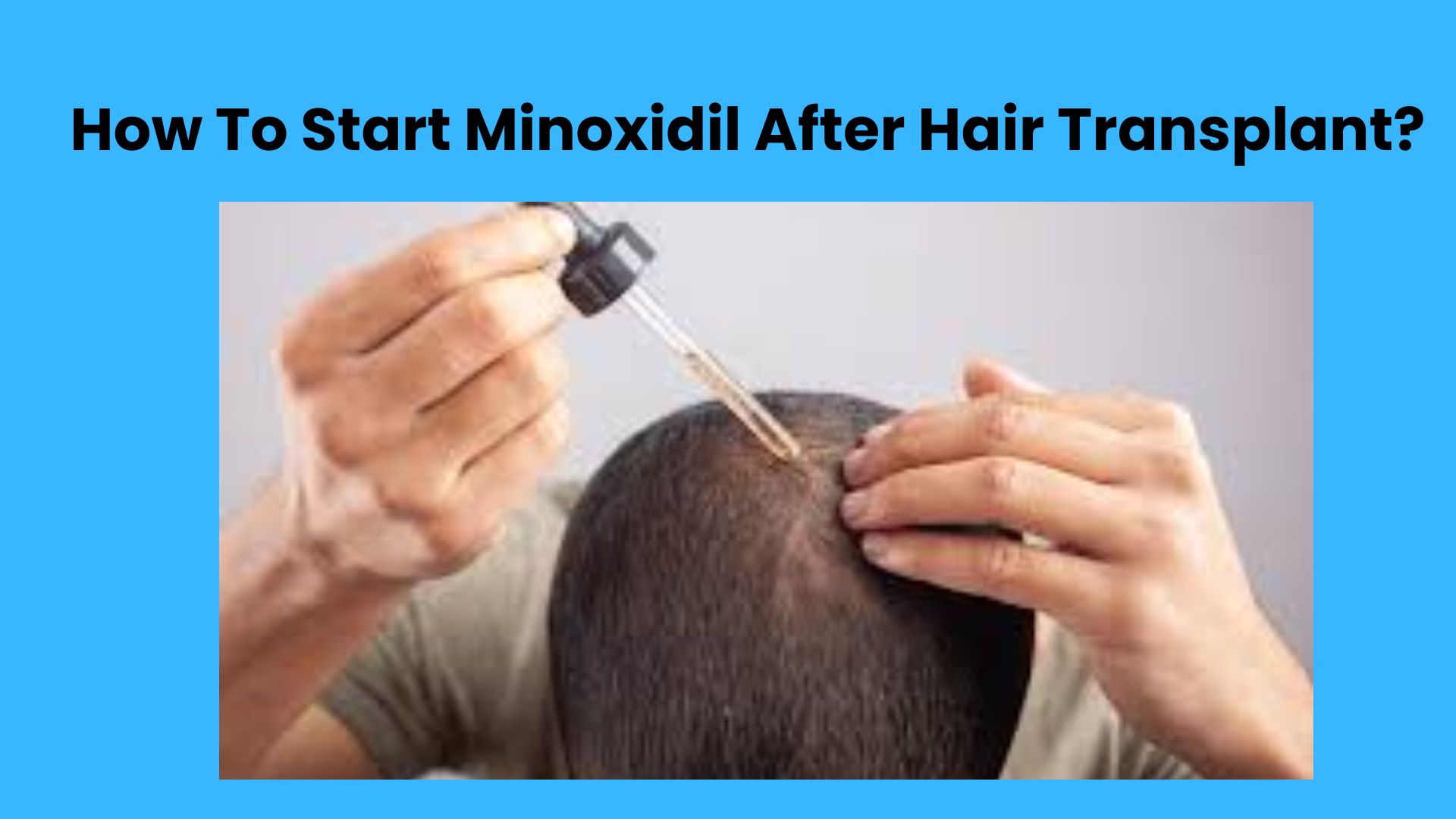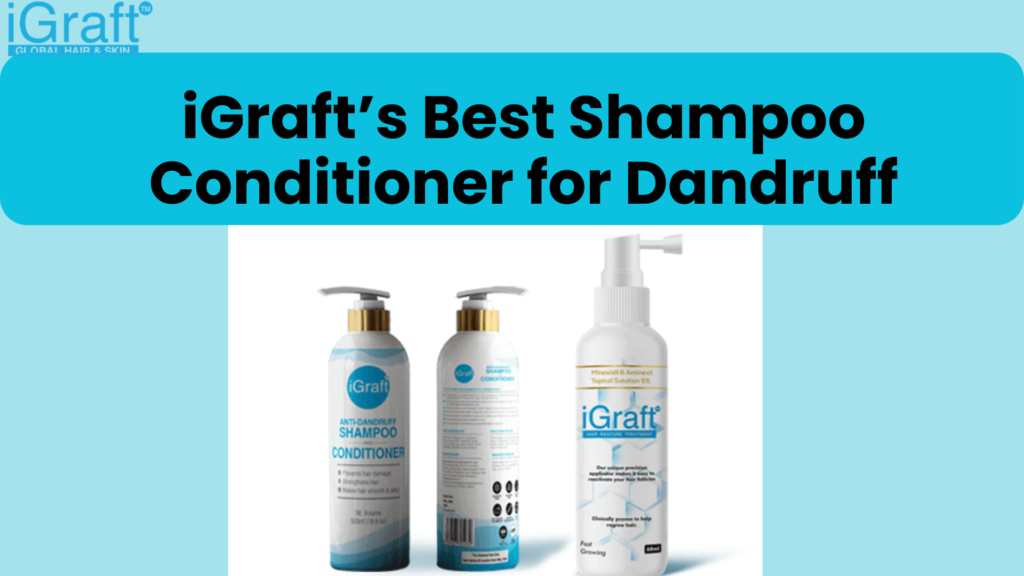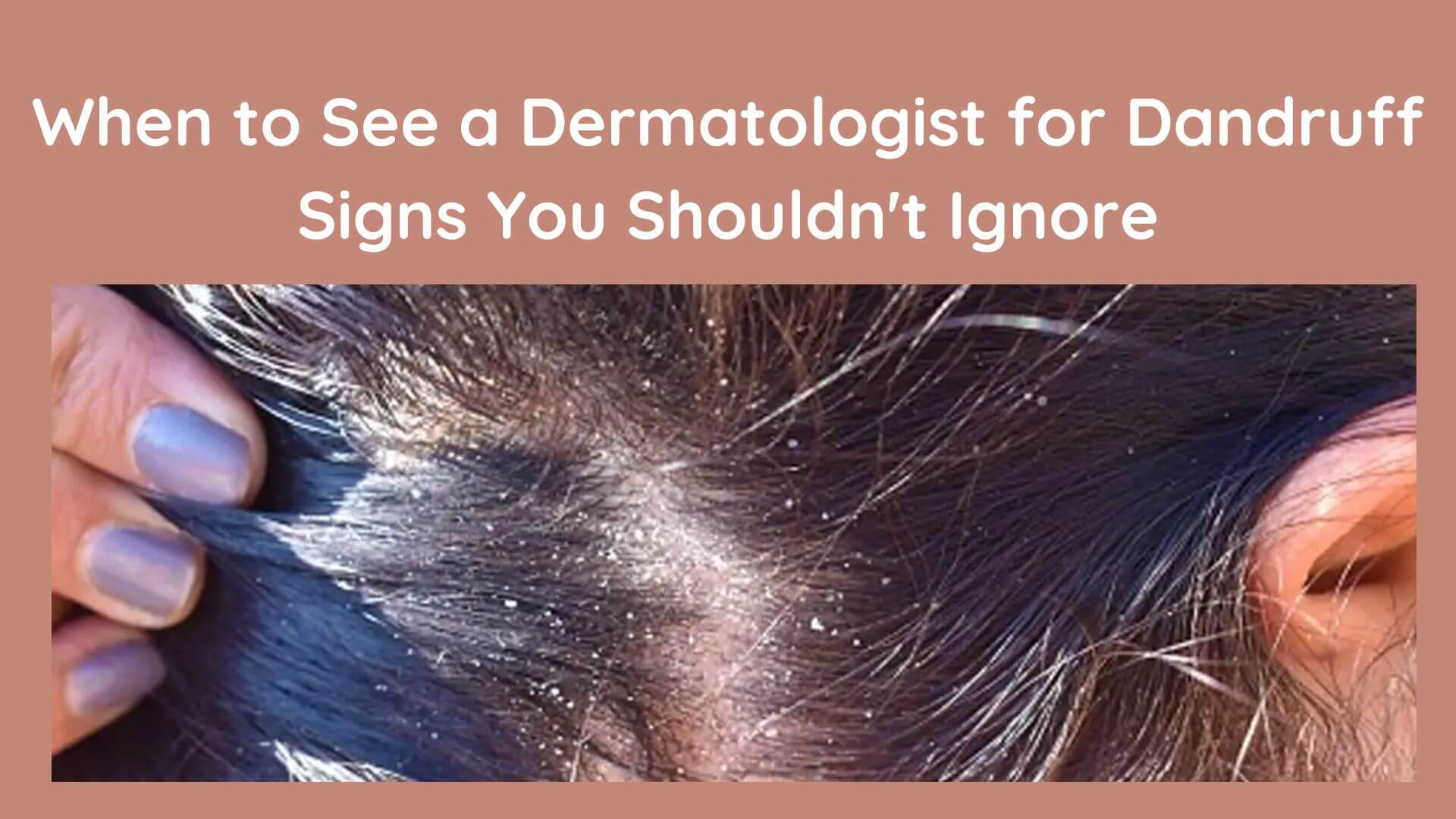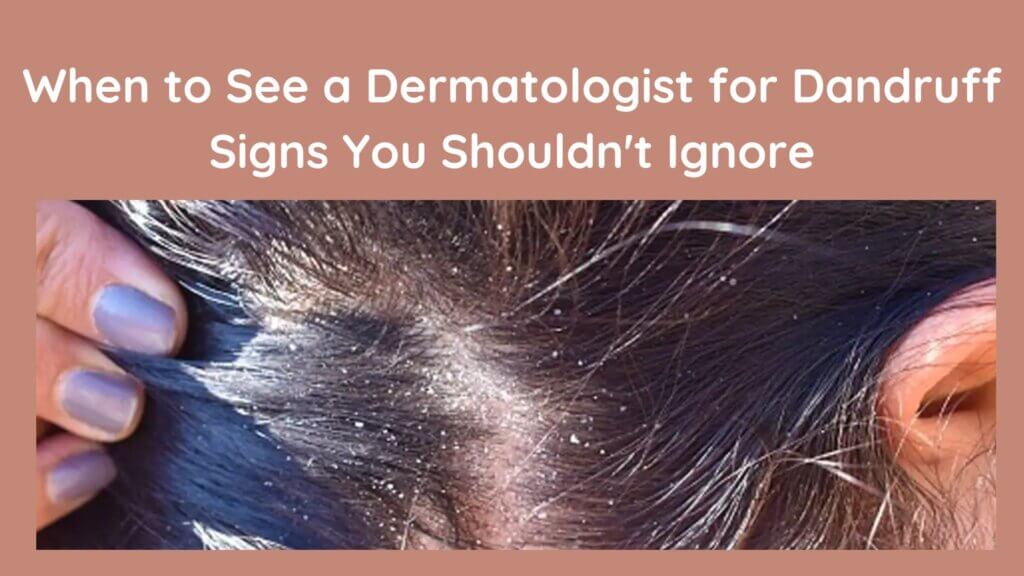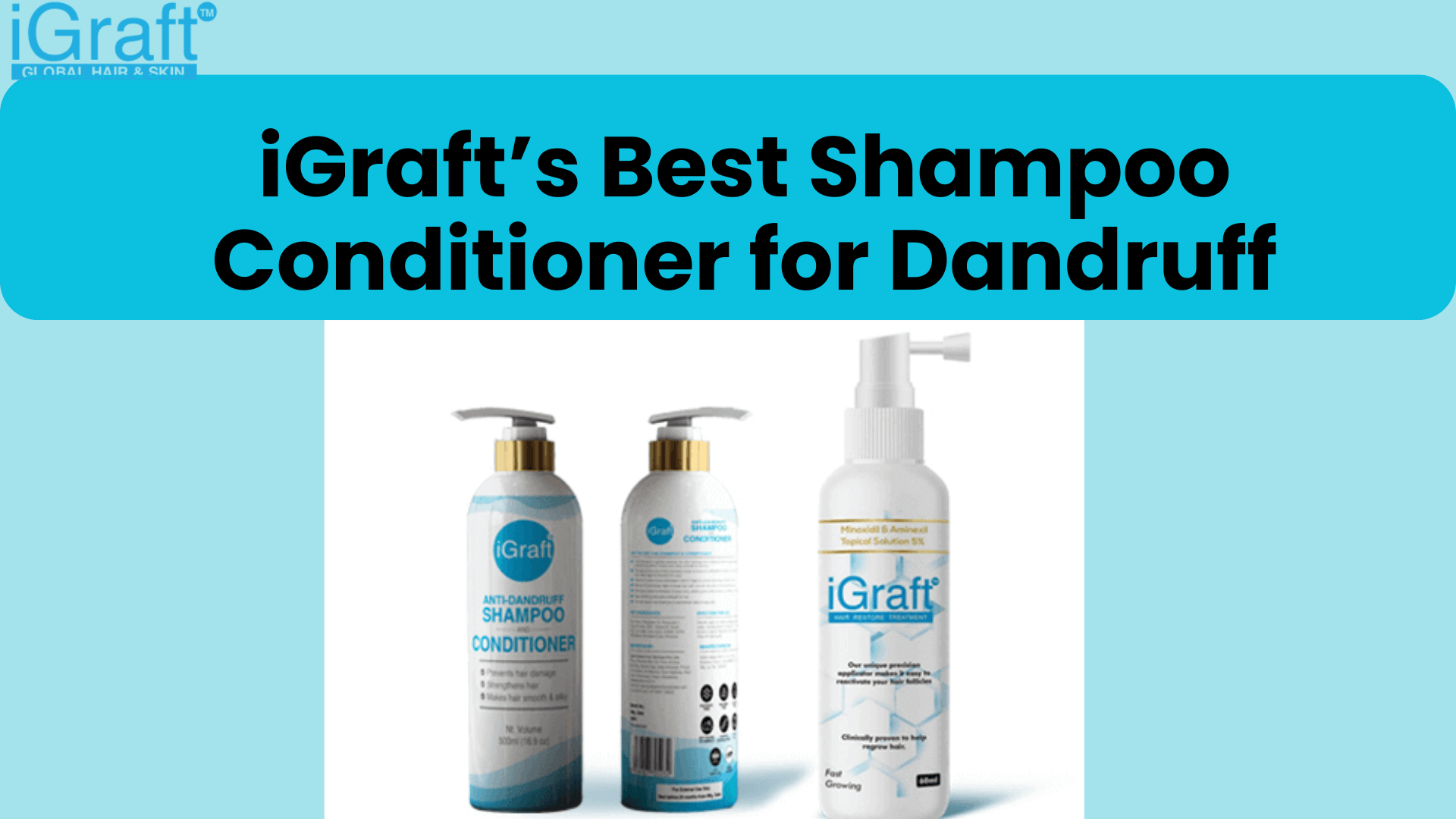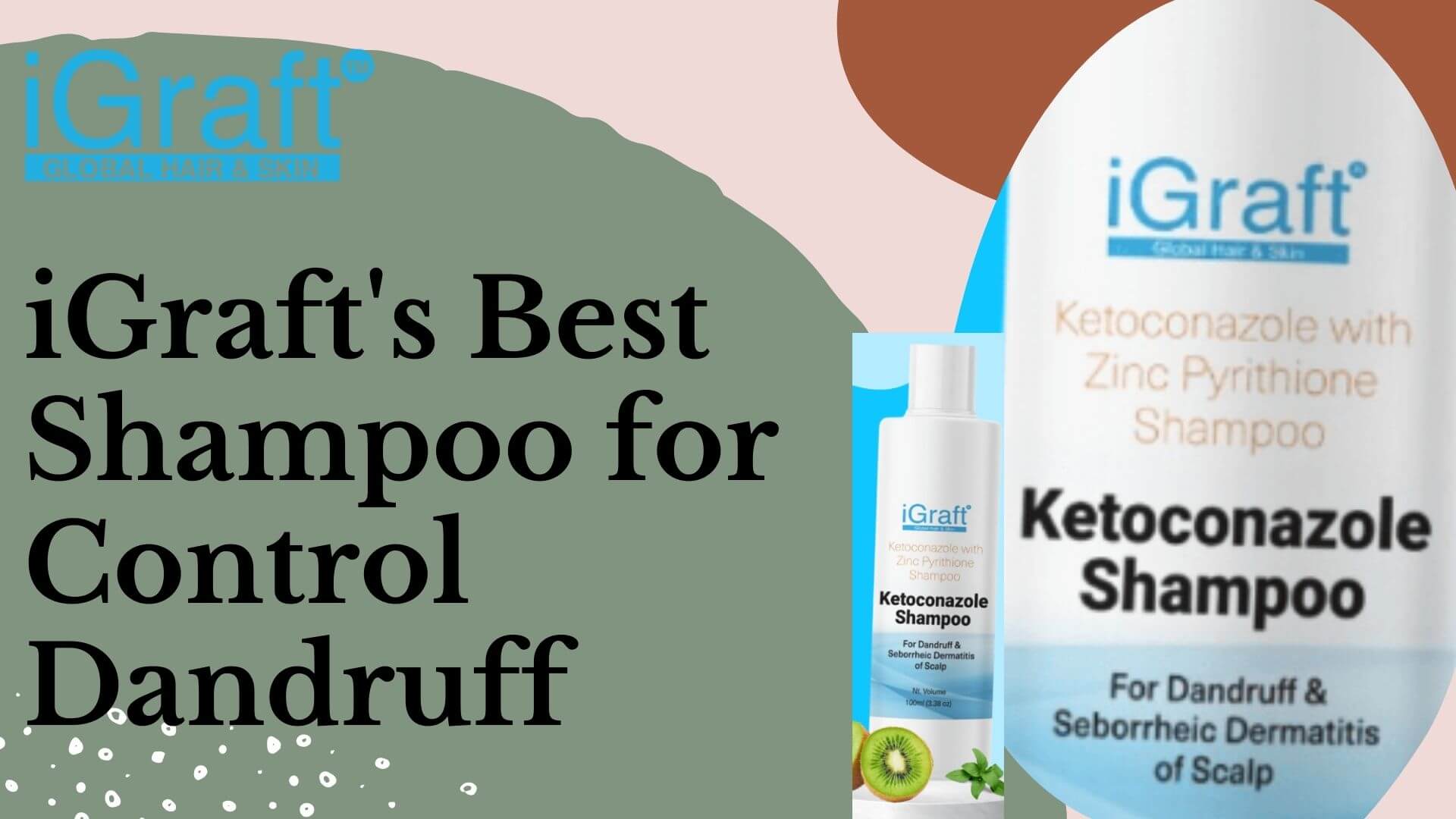10 Benefits of GFC Treatment for Hair
10 Benefits of GFC Treatment for Hair
Unveiling the Secrets: The Remarkable Benefits of GFC Treatment for Hair at iGraft Global Hair Clinic
Introduction:
Benefits of 10 Benefits of GFC Treatment for Hair,In the ever-evolving world of hair care, advancements in technology and treatments continue to amaze us. One such groundbreaking innovation is the GFC (Growth Factor Concentrate) Treatment for Hair, a revolutionary approach to address various hair-related concerns. iGraft Global Hair Clinic stands at the forefront of this transformative technique, offering a solution that goes beyond conventional methods. In this blog, we will delve into the manifold benefits of GFC Treatment and why it has become a game-changer for those seeking effective and lasting solutions for hair issues. Benefits of 10 Benefits of GFC Treatment for Hair
Understanding GFC Treatment:
GFC Treatment involves the application of growth factors, naturally occurring proteins that stimulate cellular growth, proliferation, and differentiation. These growth factors are derived from the patient’s blood, making the treatment safe, efficient, and minimally invasive. iGraft Global Hair Clinic has mastered the art of harnessing the body’s natural healing powers to rejuvenate hair follicles, promoting hair growth and improving overall hair health.Benefits of 10 Benefits of GFC Treatment for Hair
The Key Benefits:
- Natural and Safe: GFC Treatment utilizes the patient’s blood, eliminating the risk of allergic reactions or side effects. This natural approach aligns with the body’s regenerative processes, ensuring a safe and reliable solution for hair concerns.Benefits of 10 Benefits of GFC Treatment for Hair
- Stimulates Hair Follicle Regeneration: The growth factors in GFC Treatment play a pivotal role in stimulating the regeneration of dormant hair follicles. This results in the growth of new, healthier hair strands, leading to increased hair density and coverage.
- Improves Blood Circulation: The growth factors also enhance blood circulation to the scalp, ensuring that hair follicles receive an optimal supply of nutrients and oxygen. Improved blood flow contributes to the overall health of the scalp and hair. Benefits of GFC Treatment for Hair
- Reduces Hair Loss: GFC Treatment has shown significant efficacy in reducing hair loss by strengthening existing hair strands and preventing further shedding. This makes it an ideal solution for individuals experiencing various forms of hair loss, including androgenetic alopecia.
- Accelerates Healing After Hair Transplant: For those undergoing hair transplant procedures, GFC Treatment serves as a complementary therapy. It accelerates the healing process, enhances graft survival, and promotes quicker recovery, leading to more successful and satisfying results 10 Benefits of GFC Treatment for Hair
- Non-Invasive and Painless: GFC Treatment is a non-invasive procedure that involves minimal discomfort. The use of the patient’s blood eliminates the need for external substances, making it a painless and straightforward solution for hair restoration.
- Customized Treatment Plans: iGraft Global Hair Clinic takes a personalized approach to GFC Treatment, tailoring each plan to meet the unique needs of the individual. This ensures that the treatment addresses specific concerns and delivers optimal results.
Conclusion:
As we embrace the era of advanced hair care solutions, GFC Treatment stands out as a beacon of hope for individuals struggling with hair loss and related issues. iGraft Global Hair Clinic’s commitment to excellence and innovation has positioned them as leaders in providing this transformative treatment. Say goodbye to conventional methods and embrace the future of hair restoration with GFC Treatment – a natural, safe, and effective way to revive your crowning glory.10 Benefits of GFC Treatment for Hair
Fue Hair Transplant Reviews – iGraft Review Pune
Will I Lose Hair After a Hair Transplant?

